Among those attending a private lenders’ viewing of the current Derek Jarman blockbuster retrospective at the Irish Museum of Modern Art (Imma) was a boyish figure dressed in black with spikey orange hair and silver brogues.
It was Sandy Powell OBE, the Oscar-winning costume designer who got her first opportunities under Jarman alongside actors Tilda Swinton, Toyah Wilcox, Sean Bean and others. Called Protest! the exhibition marks 25 years since the death of the artist and filmmaker (1942-1994), one of the most influential figures in 20th century British culture.
Accompanied by a group of friends, Powell was putting the final touches to a group of costumes she designed for Jarman in the 1990s which form part of the exhibition. Two were for Tilda Swinton as Lady Ottoline Morrell in Wittgenstein and as Queen Isabella in Edward II, both flamboyant gowns, one in floor length orange trimmed with orange ostrich feathers, the other a long metallic taffeta number with a jewelled bodice.
“What was extraordinary about Derek was that he could paint, draw, design costume and working with a director capable of all these things makes it so much easier. I was spoiled working with him – he was unlike anyone else. He was so ahead of his time”, she said, adjusting the lacing on an elaborate black doublet worn by Nigel Terry in Jarman’s Caravaggio.
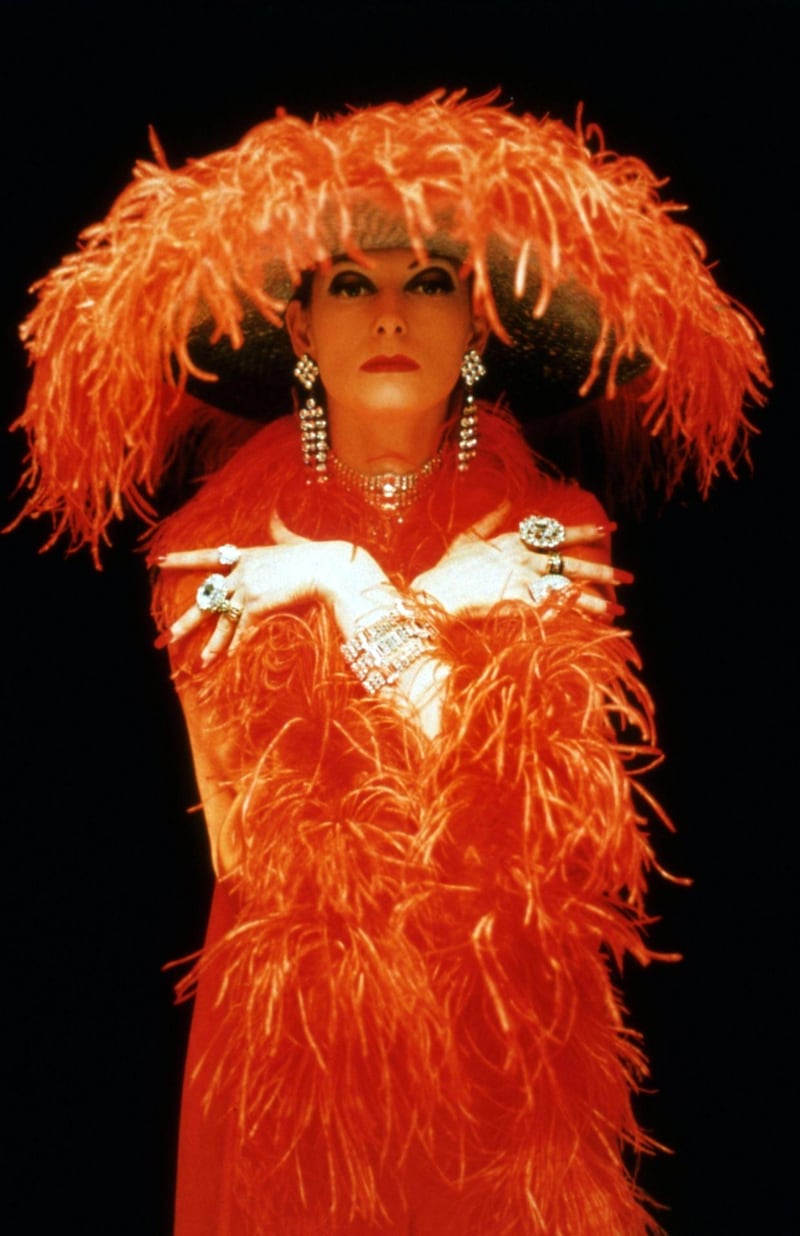
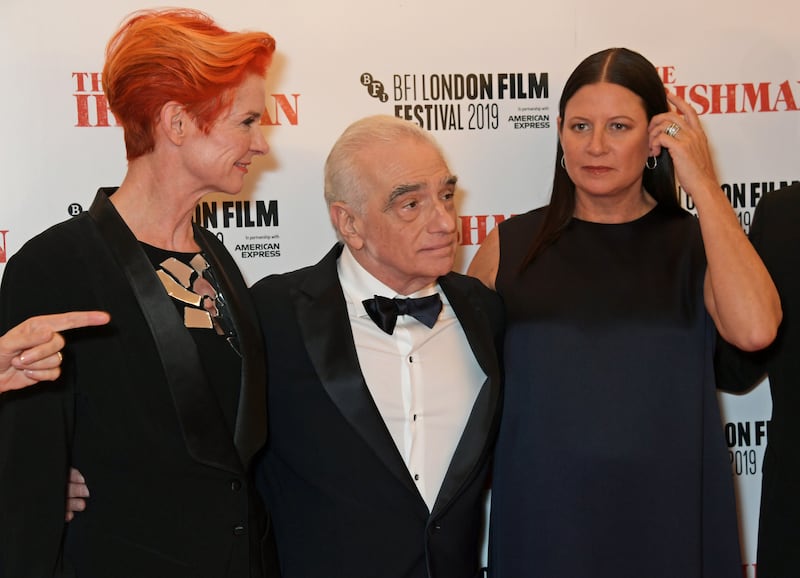
Spoiled
A Londoner, Powell began her career in her early 20s working for acclaimed mime artist and choreographer Lindsay Kemp, cutting short her art studies. She learned more working on her first job with him – three weeks in Milan on his show Nijinsky – than three years in art school.
“Lindsay knew Derek and at the time I was getting interested in film, so I phoned him and invited him to come and see the costumes I had designed. He came and invited me for tea and then introduced me to a producer and I did my first pop video using my costumes”.
She remembers how he introduced her to everyone in his studio – “he told me what every person did – it was like grooming me (on how things worked) and a year after that I did the costumes for Caravaggio”. It was the first of four feature films that Powell was to work on with Jarman.
“It is surprising how many directors aren’t able to communicate visually, and I was spoiled by him. He would talk to anybody, he would listen to everybody and his films still stand up today”, she says.
Her first big scale film was Orlando in 1992 (based on the novel by Virginia Woolf) with Tilda Swinton in the title role. It won widespread recognition for its costumes and Powell’s first Oscar nomination. Since then she has become one of the most celebrated costume designers in the world – nominated for the Academy Awards for Best Costume Design fourteen times and winning three awards for Shakespeare in Love, The Aviator and The Young Victoria and more recently accolades for The Favourite and The Irishman. It’s a long way from her childhood days in London when her mother made all her clothes and taught her how to sew. Powell loved making doll’s clothes.
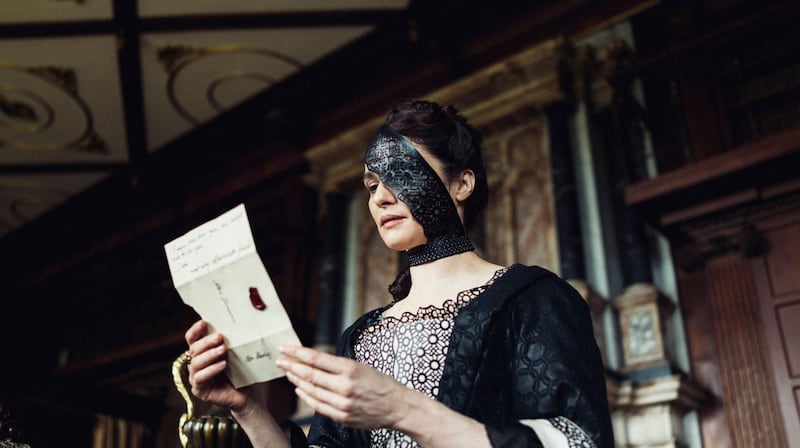
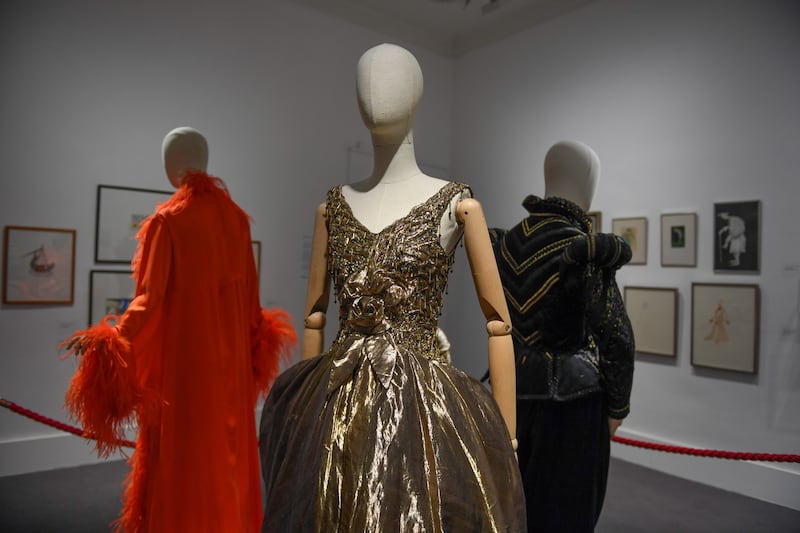
‘I am bold’
Known for inventive and imaginative problem solving, she had just six weeks to make the sumptuous, unforgettable regalia for The Favourite on a small budget and narrow timeframe. Her skill lay in keeping to the silhouettes of the period but playing around effectively with modern fabrics, texture and colour.
That she was also working on a 1930s wardrobe for the Disney revival of Mary Poppins Returns where prototypes had to be made in advance gives some idea of her prodigious work ethic. The mobster epic, The Irishman being further evidence of its scale in which there were 102 costume changes for de Niro alone.
“I am bold. I am not afraid to be adventurous and go against the grain”, she says of her style.”
“That comes from my early days in theatre and taking risks” asserting that the people she admires “are those pushing boundaries and having the courage of their own convictions.”
In her own self presentation, she told The Female Lead that she never wanted to look the same as everybody else, preferring to make her own stamp and be an individual.
Ramrod straight and sharply attired in a black frock coat and jodhpurs by Comme des Garcons with Cutler & Gross glasses, she cuts quite a distinctive sartorial dash that chimes with a brisk, matter of fact manner.
“I love fashion and I love clothes. I wear a lot of Japanese – it doesn’t go out of fashion. The clothes are comfortable and you can wear them day or evening. And I also love vintage. I am trying not to buy because I have so many things to wear and often wear the same things again and again”.
She believes that fashion photographers like Tim Walker are storytellers, that costume is about storytelling and that fashion tells its own revelatory tales about any period.
“I like fabric and textiles and their tactile quality. I don’t draw and always start with the fabric and that gives me ideas”, she explains. Finding men’s period suits for The Irishman was a particular challenge. “Costumes for men’s suits are much softer now” as the originals would have been so much heavier.
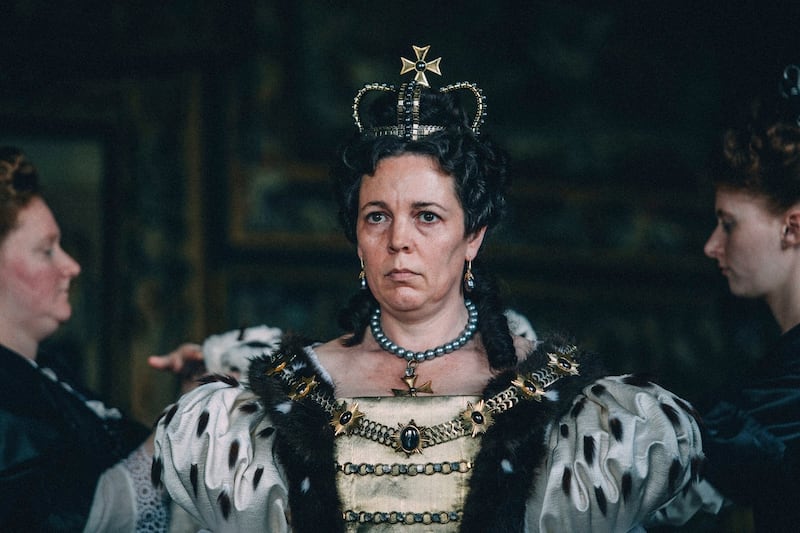
Time off
She finds it surprising that many directors aren’t able to communicate visually or understand the power of visual communication though she excludes some, like Todd Haynes and Neil Jordan. She has worked on many of Jordan’s movies including The Crying Game, Michael Collins and The End of the Affair with “fond memories” of working in Dublin.
She was actually working on his Interview with The Vampire in the Paris Opera when she learned of Jarman’s death. Scorsese she describes as “a very visual director and a very good communicator”. Her next film will be her ninth with the celebrated director. “It’s called Killers of the Flower Moon, about the Osage murders in the 1920s and it will mean working in the US from January to September”.
Does she get any time off? “You have to make time”, she says quickly. “Oh God, I have just had six months off – I did a lot of yoga, learnt meditation and caught up with people – the last three years in America made it hard to keep up [with friends] when you are physically away so much”. Home is in Brixton and she loves London for its individuality.
What she enjoys most about her work is the collaborative process and working with actors and a team creating a world and a story and believable characters and the social aspect that entails. What would be a new challenge after twenty-five years in the business? “What I would like to do is a period I have not done before and with someone who was trying to say something different,” she says after a moment’s pause.




















